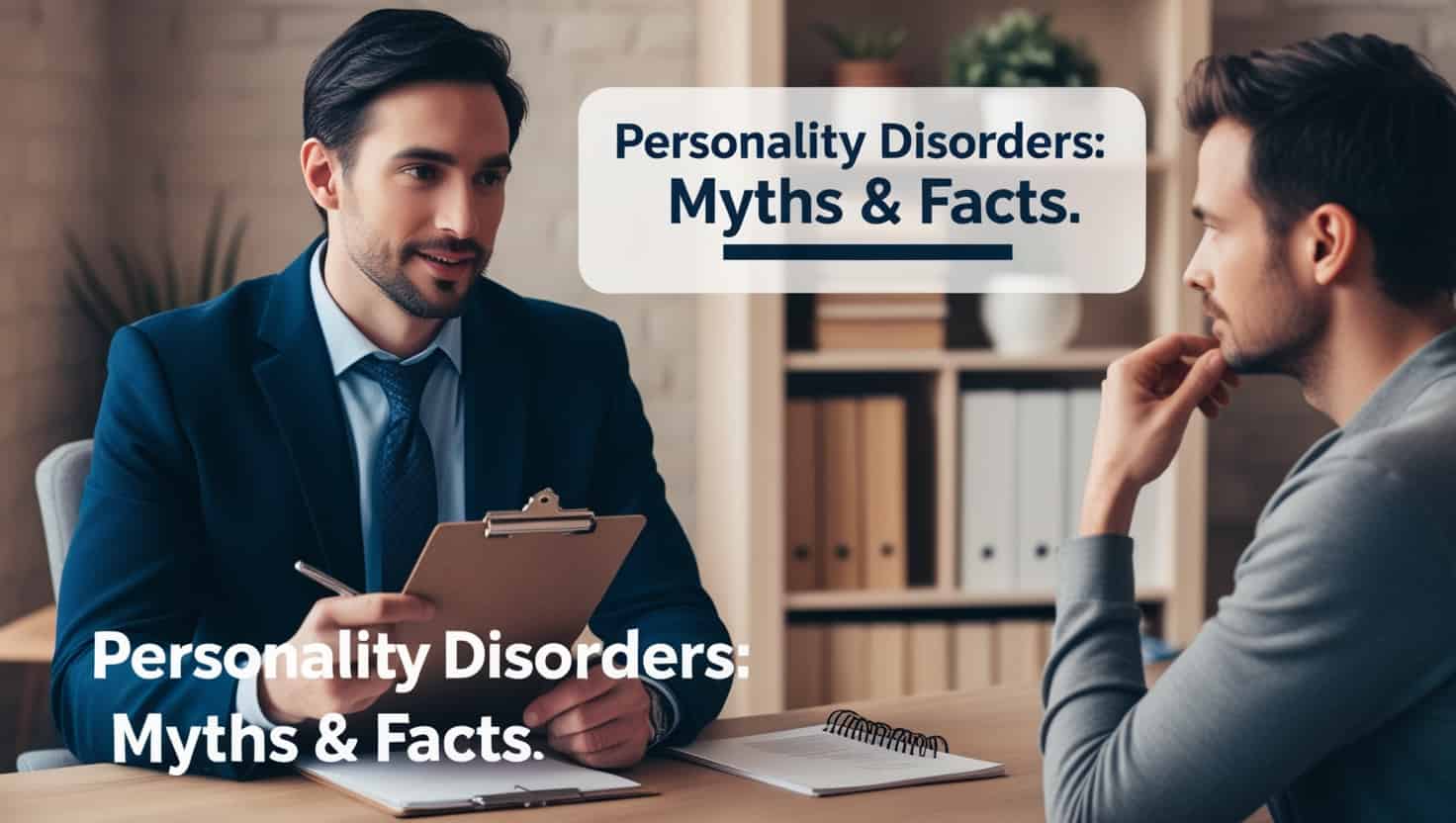Introduction
Personality disorders are often misunderstood, surrounded by myths and stigmas that overshadow the facts. These conditions affect how individuals think, feel, and interact with others, yet many misconceptions persist. In this article, we’ll explore the truth behind common myths about personality disorders, shedding light on their nature, causes, and treatment options.
Myths vs. Facts: Clearing the Air
Myth 1: Personality Disorders Are Rare
- Fact: Personality disorders are more common than many people realize, affecting approximately 10-15% of the population worldwide. Conditions like borderline personality disorder (BPD) and narcissistic personality disorder (NPD) often go undiagnosed due to stigma or lack of awareness.
Myth 2: People with Personality Disorders Are “Difficult” or “Dangerous”
- Fact: While certain behaviors associated with personality disorders can be challenging, labeling individuals as “difficult” or “dangerous” is unfair and inaccurate. For instance, someone with BPD may experience intense emotions, but this doesn’t make them inherently harmful.
Myth 3: Personality Disorders Can’t Be Treated
- Fact: With proper therapy, support, and sometimes medication, individuals with personality disorders can lead fulfilling lives. Dialectical Behavior Therapy (DBT) and Cognitive Behavioral Therapy (CBT) are highly effective in managing symptoms.
Related Insight: If you’re curious about how personality can evolve over time, check out Can Personality Change Over Time? The Science Behind Transformation for a deeper look at the factors influencing personality development.
Myth 4: Personality Disorders Are the Result of Poor Parenting
- Fact: While childhood experiences can contribute, personality disorders are caused by a combination of factors, including genetics, brain structure, and environmental influences. Blaming parents oversimplifies a complex issue.
Types of Personality Disorders
Personality disorders are classified into three clusters:
- Cluster A (Odd or Eccentric): Includes paranoid and schizoid personality disorders. Individuals may appear detached or distrustful.
- Cluster B (Dramatic or Erratic): Includes borderline, narcissistic, and antisocial personality disorders. This cluster is often misunderstood due to intense emotional or interpersonal difficulties.
- Cluster C (Anxious or Fearful): Includes avoidant and dependent personality disorders. These individuals may struggle with fear of rejection or dependence on others.
How to Support Someone with a Personality Disorder
1. Educate Yourself
Understanding the condition helps you provide meaningful support without judgment.
2. Be Patient and Empathetic
Living with a personality disorder can be exhausting for the individual. Patience and empathy go a long way in creating a supportive environment.
3. Encourage Professional Help
Therapies like DBT and CBT can help individuals develop healthier coping mechanisms. Encourage your loved ones to seek professional support.
4. Avoid Stigmatizing Language
Be mindful of how you discuss personality disorders. Avoid labels like “crazy” or “manipulative,” which perpetuate stigma.
Conclusion
Personality disorders are complex mental health conditions often misunderstood by society. By separating myths from facts, we can create a more compassionate and informed perspective. Education, empathy, and support are key to helping those affected lead fulfilling lives.









